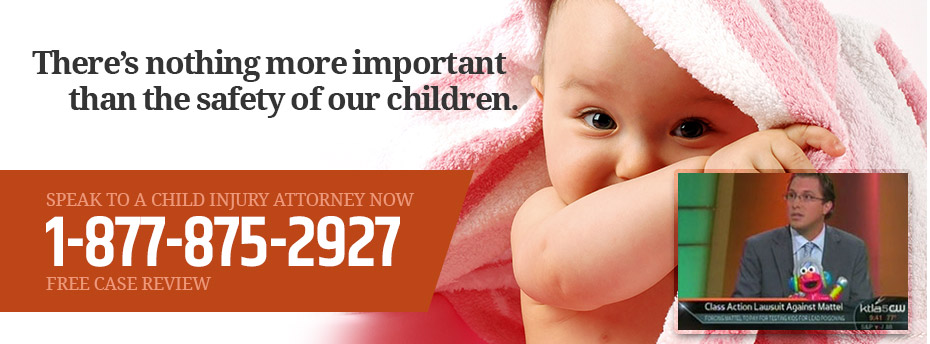Hypoxic Ischemic Encephalopathy (HIE) is a condition that occurs when the entire brain is deprived of an adequate oxygen supply. This is a result of hypoxia (an inadequate amount of oxygen in the blood), and ischemia (damage to the brain due to lack of nutrients). This is an injury where cells in the central nervous system are damaged, and can result in the need for lifelong medical care and treatment.
What are the Causes of HIE?
As labor and delivery progress, many circumstances can occur that affect the supply of blood and oxygen to the child’s brain. There are times when an umbilical cord becomes compressed or prolapsed; a separation of the placenta or ruptured uterus may also contribute to HIE. The mother’s uterus will usually relax between contractions, but may not achieve complete relaxation. This will cause pressure and stress to the baby, and will affect the baby’s oxygen supply. The baby may spend a prolonged amount of time in the birth canal, or the fetal heartbeat may have been misinterpreted. In any case, it is essential that the brain receive an adequate oxygen supply, and imperative that this condition, if present, be treated immediately.
What are the Signs of HIE?
There are varying degrees of HIE, depending upon the severity and length of time oxygen levels are diminished to the infant’s brain. Signs of the condition include irregular heart rate, lethargy, and poor reflexes; a low APGAR score (a test to evaluate the condition of the newborn’s adequacy of respiration, heart function and tone) is usually present. In severe cases of HIE, brain damage can cause epilepsy, seizures, and mental retardation. Unfortunately, the most serious instances of HIE during childbirth result in death. Signs of HIE can quickly be recognized through use of the fetal heart monitor. This monitor shows a tracing which reflects the baby’s heart rate and tolerance to conditions throughout labor.
What Treatments are used for HIE?
Treatment will depend upon the amount of damage to the infant’s brain. CPR will immediately be administered to restore oxygen flow. Mechanical ventilation and maintenance of the heart function, as well as medication to control seizures may be used. Brain cooling methods have been used in recent years to diminish damage done to the baby’s brain, and perhaps prevent any further damage. The vital factor if HIE occurs, is that immediate action be taken to retain adequate oxygen supply, and curtail any preventable damage to the newborn’s brain.
Compete this form for a FREE case evaluation!





